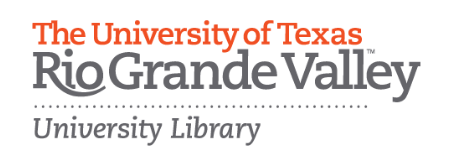Benefits for Faculty & Institutions
Imagine being able to edit, modify, update, and improve your course materials so the learning outcomes are met and the course material’s content is “exactly the way you want it.” OER allows for this!
The faculty member in this video shares his experience with learning material he’s curated over the years and why he chose to adopt OER. Can you relate?
Open Educational Resources at Santa Fe College
Faculty using OER enjoy great freedom in selecting course materials that they customize to fit the specific needs of their students and the goals of their classes. Since most OER permit adaptation, educators are free to edit, reorder, delete from, or remix OER materials. OER provide clearly defined rights to users, so educators are not faced with interpreting Fair Use and TEACH Act guidelines.
Open educational resources also provide increased opportunities for faculty to engage in open pedagogical practices with their students. As mentioned, students play a vital role in OER. Student involvement also creates effective and successful open education programs at your institution. Open pedagogy focuses on instructional approaches which allow students to use, reuse, revise, remix, and redistribute open content. In other words, students move from knowledge consumers to knowledge creators. The ability for students to engage more actively with the OER is a key pedagogical benefit for faculty and students – one that commercially published copyrighted course materials do not provide. To explore the power of open pedagogy further, take a look at Open Pedagogy Approaches: Faculty, Library, and Student Collaborations. This comprehensive collection is full of practical tips, ideas, and inspiring stories for faculty.
Other key benefits to faculty include:
Use, Improve, and Share
- Save time and energy by adapting or revising resources that have already been created
- Tailor resources to fit a specific context within your courses and research
- Expand interdisciplinary teaching by integrating resources from multiple disciplines
Network and Collaborate with Peers (professional development considerations)
- Access educational resources that have been peer-reviewed by other experts in your field
- Explore reviews and annotations that provide more in-depth knowledge of the resource
- Collaborate on creating new resources that can be used within or across disciplines
Lower Costs and Improve Access to Information
- Reduce the cost of course materials
- Enable all students to have equal access to course materials
- Provide students with the opportunity to explore course content fully before enrolling
The decision to use OER can occur via a single faculty member, departmental adoption, or it can happen on a college or university-wide scale. These examples require support and investment at an institutional level which can benefit the institution as well. For example, OER can increase student retention, progress, and completion by decreasing student costs. Additionally, a report from Achieving the Dream, OER at Scale: The Academic and Economic Outcomes of Achieving the Dream’s OER Degree Initiative, reveals that when institutions strategically support and provide OER courses for students there is an opportunity for financial return on investment for the institution. Students who enrolled in OER courses tended to enroll in more course credits than students who enrolled in non-OER courses, thus generating additional tuition revenue.

